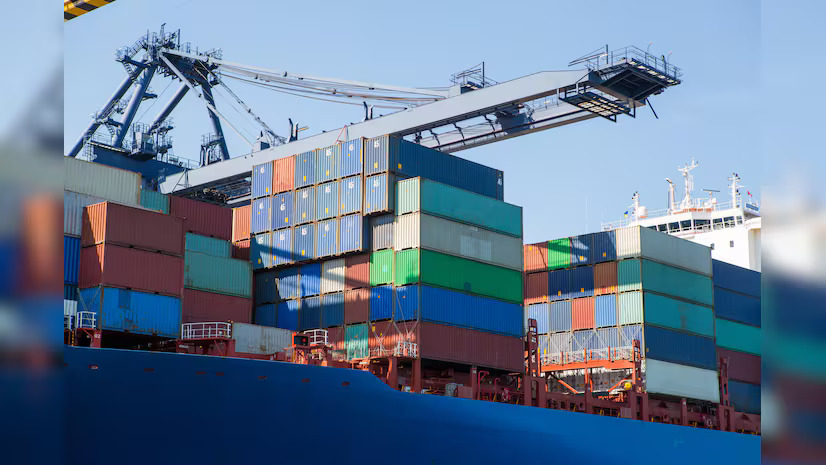The Red Sea crisis has significantly influenced India’s export sector, causing major disruptions in trade routes and affecting export volumes. This article delves into how the ongoing challenges in the Red Sea have led to a notable contraction in India’s exports, examining the broader implications for the country’s trade and economy.
The Red Sea Crisis and Export Contraction
The Red Sea crisis has had a dramatic effect on India’s export performance. In August, India experienced a 9.3% decline in exports, largely attributed to disruptions in shipping routes caused by the crisis. These disruptions have forced ships to take longer, less efficient routes around the Horn of Africa and the Cape of Good Hope, making exports to Europe less viable and increasing logistical challenges.
Impact on Petroleum Products and Merchandise Trade
A key area of impact from the Red Sea crisis is the substantial decline in petroleum product exports. In August, exports of petroleum products fell by 37.56%, from $9.54 billion in August 2023 to $5.95 billion. This drop, despite stable crude oil prices, highlights how the Red Sea disruptions are specifically affecting this sector.
Overall, India’s merchandise trade saw a 9.33% reduction in August 2024 compared to the previous year, underscoring the broad impact of the Red Sea crisis on India’s trade balance and economic performance.
Logistical Challenges Compounding the Issue\
The logistical challenges exacerbated by the Red Sea crisis include issues like lack of shipping space, irregular schedules, and ships skipping Indian ports. These problems have not only disrupted trade but also led to increased freight costs, further diminishing export profitability. The trade gap widened to $29.65 billion in August, up from $23.5 billion in July, highlighting the urgent need for solutions to address these issues.
Government Response and Future Outlook
Addressing the Red Sea crisis impact requires immediate government intervention. Federation of Indian Export Organisations (FIEO) President Ashwani Kumar has called for deeper interest subvention support and an extension of the RoDTEP (Remission of Duties or Taxes on Export Products) Scheme to help exporters navigate these challenging times.
Despite the overall decline, certain sectors show resilience. For instance, apparel exports grew at an average rate of 7.12% during the April-August period, with ready-made garments seeing an impressive 11.88% growth in August. This suggests that while the Red Sea crisis poses significant challenges, some industries continue to thrive.
Conclusion
The Red Sea crisis has undoubtedly created substantial hurdles for India’s export sector, influencing trade routes, export volumes, and logistical operations. As the country navigates these disruptions, it is crucial for stakeholders to address the immediate challenges and seek long-term solutions to mitigate the impact on India’s trade and economy.





